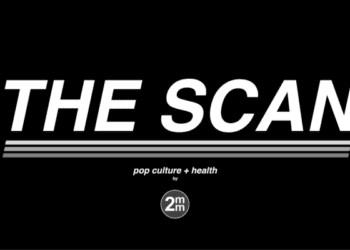Obsessive-compulsive disorder and obsessive-compulsive symptoms associated with an elevated risk of substance misuse
1. Obsessive-compulsive disorder and obsessive-compulsive symptoms were associated with an elevated risk of substance misuse.
2. This association was largely explained by shared genetics, with a smaller contribution from environmental factors.
Evidence Rating Level: 2 (Good)
Study Rundown: The current data on the association between obsessive-compulsive disorder (OCD) and substance use disorders is unclear. While neurobiological models have proposed a shared neural mechanism, clinical and epidemiological data is conflicting, with studies suggesting that OCD may be protective against substance misuse. This cohort study assessed the association between OCD and obsessive-compulsive symptoms with substance misuse and the extent of contributions by genetic and/or environmental factors. The main outcome was substance misuse, defined as a diagnosis of substance use disorders, criminal conviction, death, and self-reported alcohol and drug dependence symptoms. Among a general cohort of 6 304 188 individuals and a second twin cohort of 9230 individuals, patients with a diagnosis of OCD had a 3.7-fold elevated risk of any substance misuse outcome which was partially attributed to shared genetics. A limitation of this study was that the reverse association between substance misuse and OCD was not examined and may serve as a comorbidity that confounds the current association data.
Click to read the study in JAMA
In-Depth [prospective cohort]: This cohort study included 6 304 188 individuals (median [IQR] age, 30.5 [15.0-46.4] years; 48.9% women), of whom 27 342 had a diagnosis of OCD, from the Swedish nationwide registers (1997-2013) and 9230 individuals (60.1% women) from the Child and Adolescent Twin Study in Sweden (CATSS). Overall, OCD was associated with an elevated risk of substance misuse (HR, 3.68 [95%CI, 3.52-3.85]). At 18 years of age, obsessive-compulsive symptoms were associated with increased symptoms of alcohol dependence (concurrent [n = 9219], β = 0.18 [95%CI, 0.16-0.20]; longitudinal [n = 3381], β = 0.10 [95%CI, 0.06-0.14]) and drug dependence (concurrent [n = 749], β = 0.19 [95%CI, 0.11-0.27]; longitudinal [n = 452], β = 0.15 [95%CI, 0.04-0.25]). Using data from both the population and CATSS cohort, the relative contribution of genetic and environmental influences to the covariance between OCD and obsessive-compulsive symptoms and substance misuse or dependence were determined to be 56-68% (genetic) and 32-44%(environmental).
Image: PD
©2022 2 Minute Medicine, Inc. All rights reserved. No works may be reproduced without expressed written consent from 2 Minute Medicine, Inc. Inquire about licensing here. No article should be construed as medical advice and is not intended as such by the authors or by 2 Minute Medicine, Inc.







